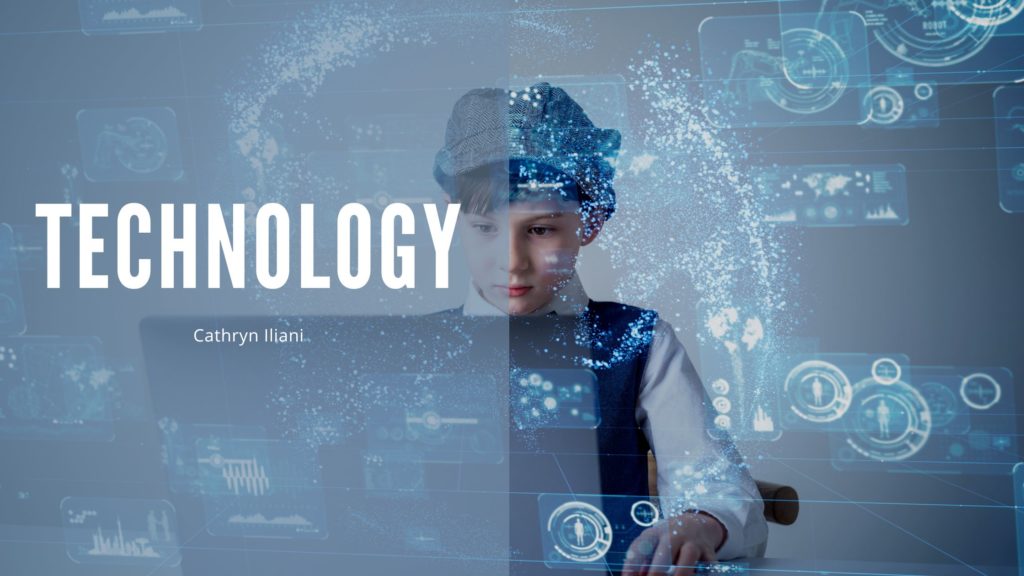
Despite the various challenges the education sector faces, cybersecurity needs to be a priority. Attacks are no less frequent and severe in the field. They have been gaining ground in prevalence due to the number of breaches reported in both schools and higher education.
According to data from the K-12 Cybersecurity Resource Center, schools and districts have reported over 800 cyber incidents in the US since 2016. In 2019, there were 348 incidents, more than three times the number registered in 2018.
The most alarming breaches are those that involve the safety of students. Since schools are responsible for protecting their students, they need a strong and resilient cybersecurity infrastructure.
Escalation of Attacks
Besides the size and purpose of the school, the motives for an attack can vary. For instance, if a university or college is known for its academic excellence, then an attack on that institution might not be an issue for schools. Schools should regularly assess their risk and change their security measures to minimize the risk of unauthorized access.
For example, one type of attack known as a distributed denial of service (DDoS) is commonly used against schools. It can disrupt the network and negatively affect the operations of the school. Amateur cyber criminals can easily carry out this type of attack. It can be carried out on a poorly protected network. There have been instances of teachers and students successfully carrying out a distributed denial of service attack to protest how they were treated.
Increasing Security
One of the most effective ways to reduce cyber attacks (despite lack of funding) is by training all of the school’s users on how to protect their network. This can be done through a handbook or by providing helpful tips and tricks. Having a good understanding of how to protect the network can help prevent human error.
Next, consider implementing a multi-factor authentication tool. This tool can help prevent unauthorized access by requiring users to provide additional security measures when they log in. An easy-to-use platform is also essential when choosing an effective multi-factor authentication solution.
Finally, a self-sufficient platform that all the school’s users can use is ideal. This can help prevent the need for additional administrative support. Having a well-functioning platform can also help schools save on their overheads. Unfortunately, the lack of resources and funding is one of the factors that has negatively affected the education sector.